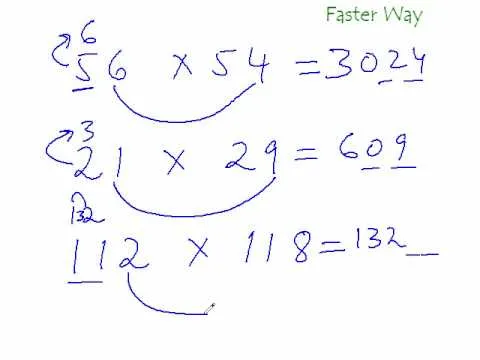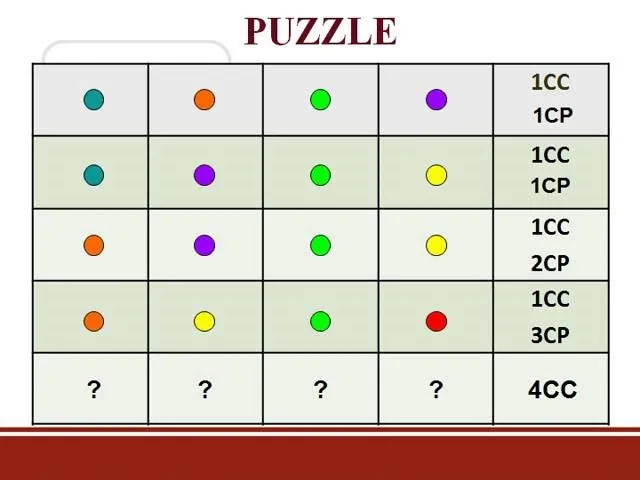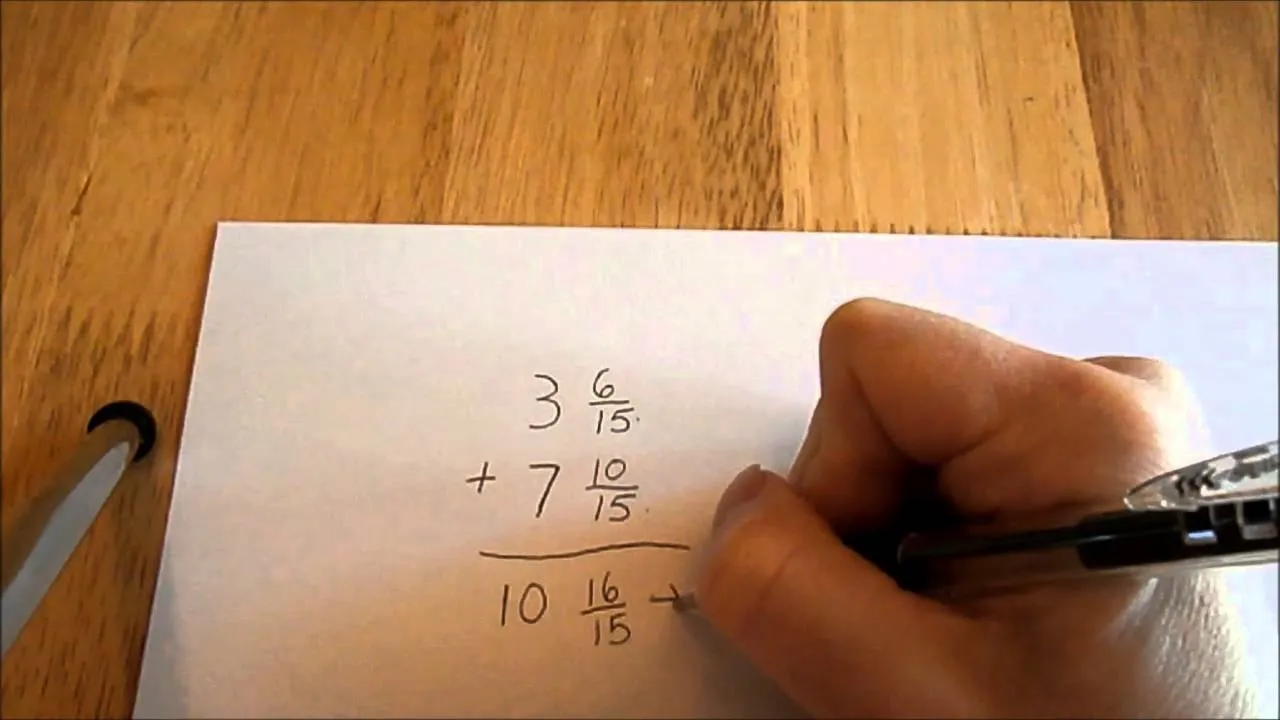In this math lesson we will learn how to solve problems involving simple interest.
When you deposit money in a savings account, the bank pays you interest at a certain rate called interest rate. There are two types of interest: simple interest and compound interest. In this lesson we will talk about simple interest. We will use the following important formula:
I = prt
I - represents the interest (or the amount of money that the bank will pay you for allowing it to use your savings account).
p – represents the principal (the money you initially deposit)
r – represents the interest rate
t – represents the time in years.

























Comments
Be the first, drop a comment!